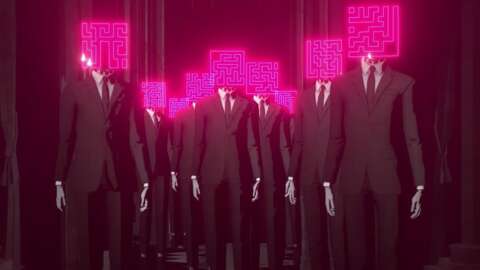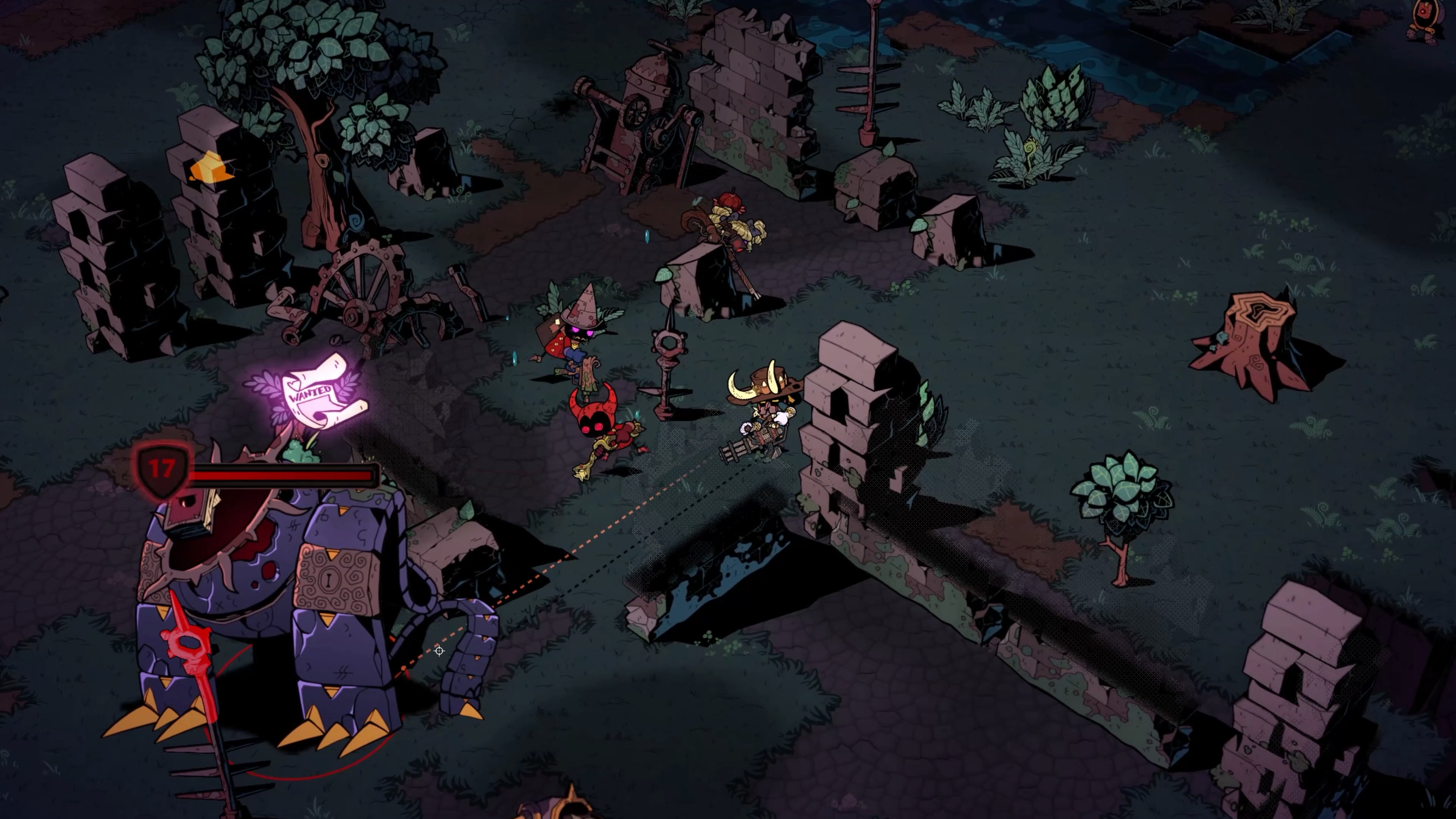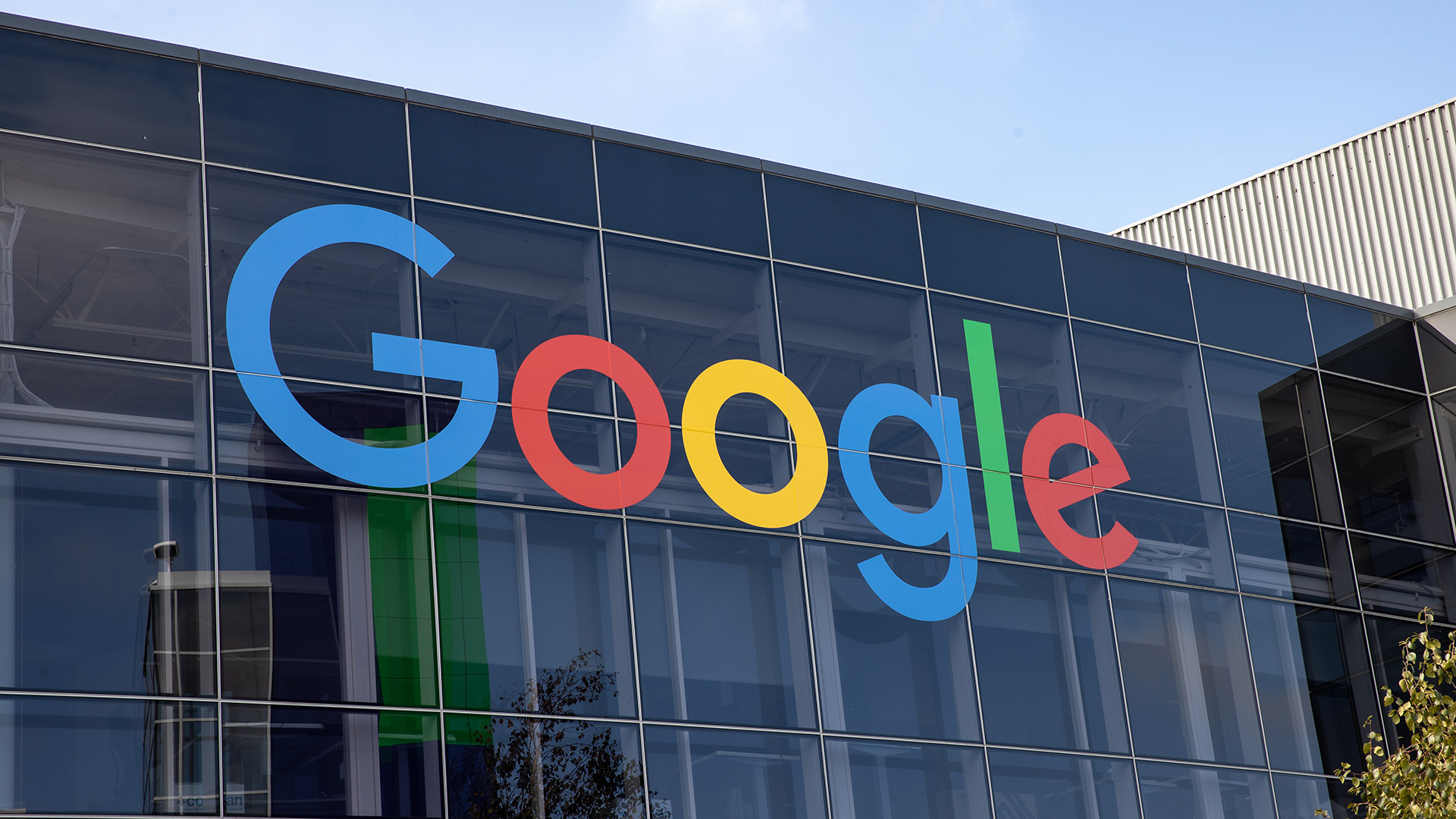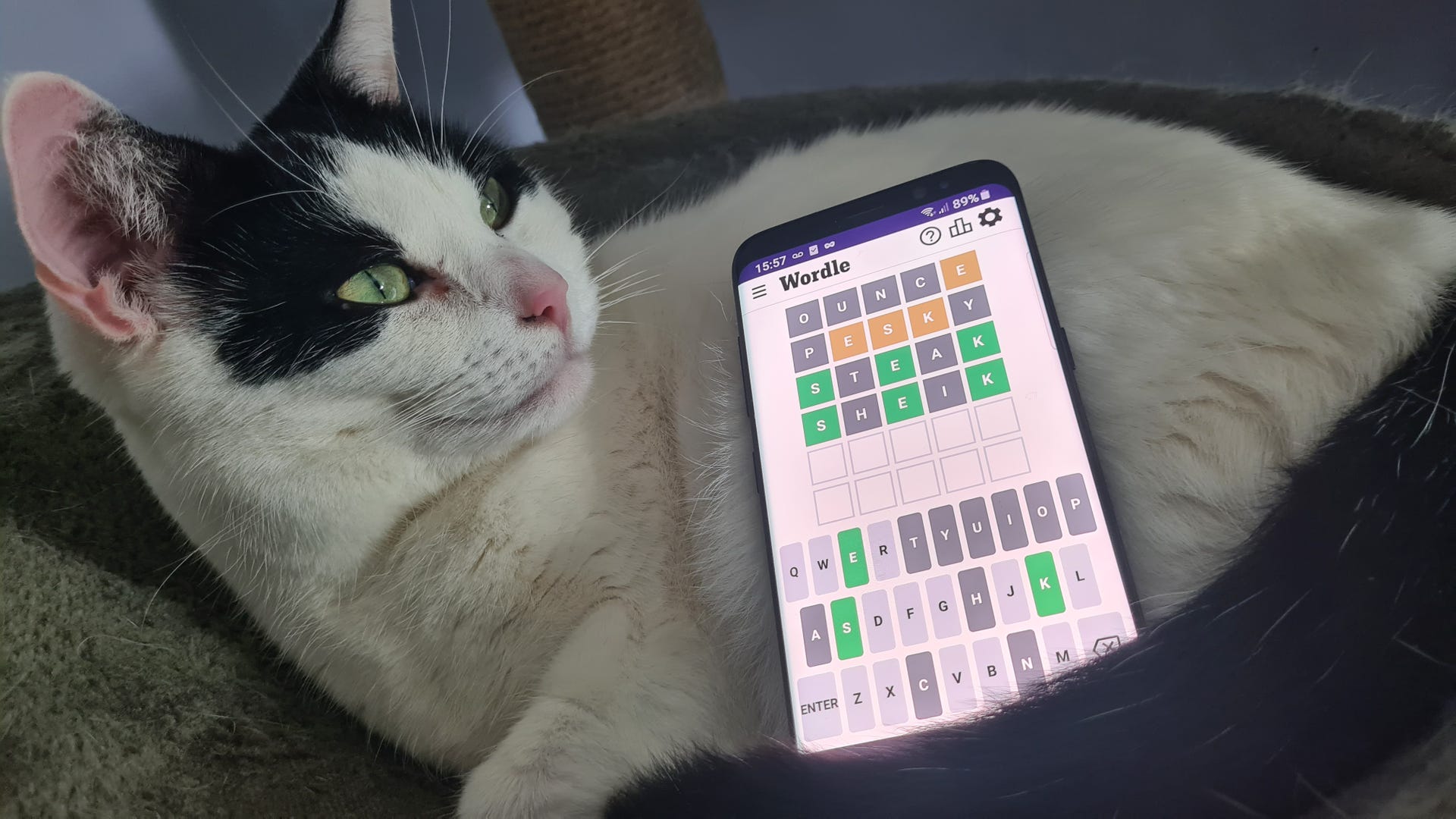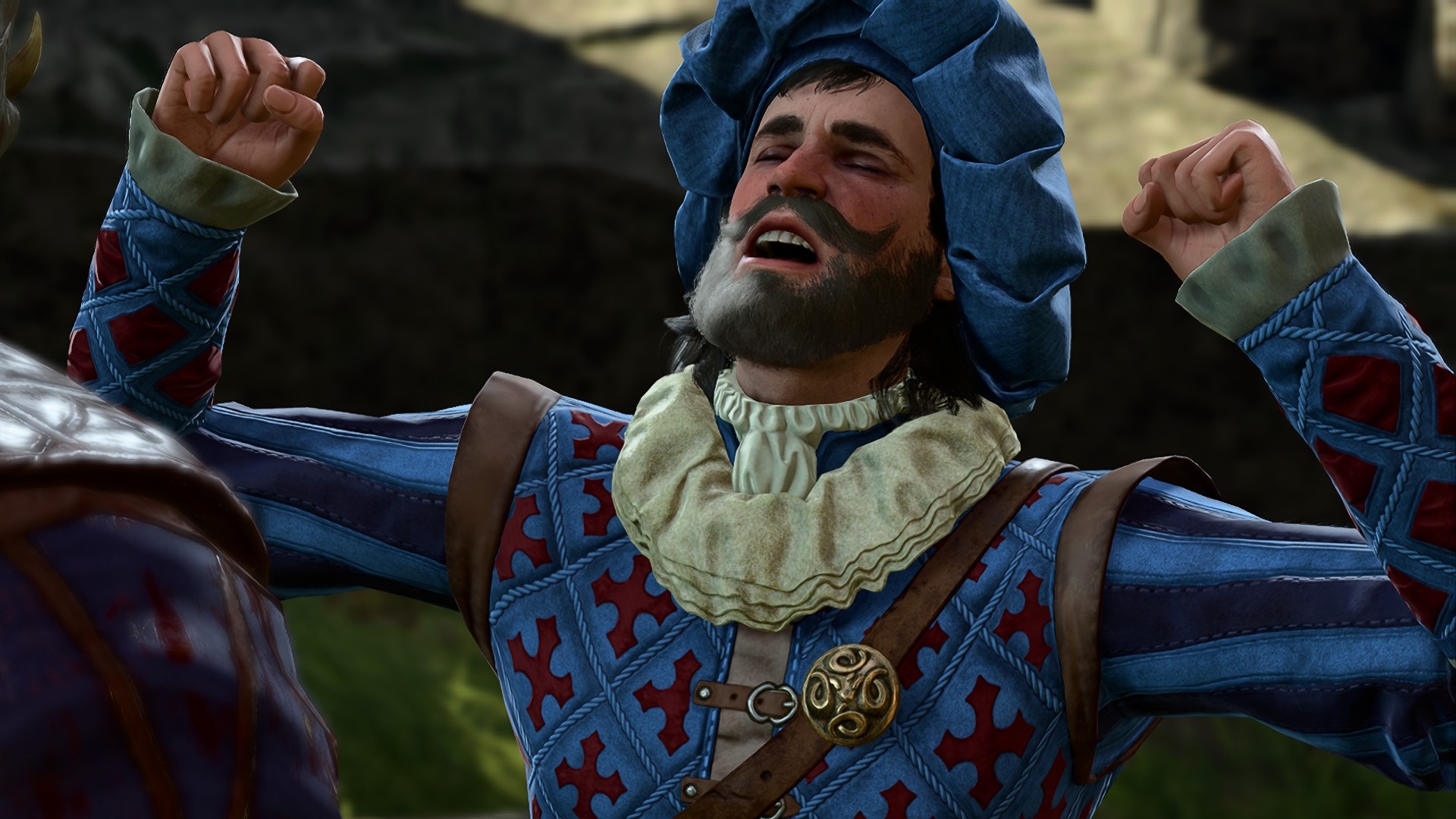
Doctor Who: Season 1, Episodes 1 & 2 Review
Note: This is a spoiler-free review of the first two episodes of Doctor Who (Season 1), which premiere on Disney+ on May 10 where available, and BBC One and iPlayer on May 11 in the UK.
Considering it’s been around for over 60 years, it’s not hard to see why Doctor Who is a little daunting to newcomers. There are more than 870 episodes, 15 different Doctors (and that’s not counting incarnations like the War Doctor and the Fugitive Doctor), and, beginning with the 2023 Christmas Special “The Church on Ruby Road,” yet another soft reboot. But the long-running science-fiction series has never shied away from fresh starts and jumping-on points for new viewers, and it delivers a doozy with the opening episodes of what’s being marketed as a first season – discarding, but not forgetting, the 13-season run that began with the 2005 reboot occasionally referred to as “NuWho.” Even when it’s beckoning to the unacquainted, Doctor Who can’t resist a little timey-wimey complication.
No offense to “The Church on Ruby Road,” but “Space Babies” feels far more like the real introduction to the new season, new Doctor (Ncuti Gatwa), and new companion Ruby Sunday (Millie Gibson). It seemingly sets out to be as inviting to new viewers as possible, making great attempts to not bog the plot down in technobabble, and instead focus on a small cast of characters facing off against the epitome of a “monster of the week”: The Bogeyman. Who veteran Russell T Davies returned as showrunner for last year’s 60th anniversary specials, and he pens these opening few episodes. He made the right choice in crafting a season premiere that’s newcomer-friendly, but it’s also apparent that Davies didn’t want Season 1 to seem like too much of a clean slate, lest it (ironically) scare off the show’s faithful. “Space Babies” plays all the notes fans might expect from a new TARDIS team, including those slow cathartic looks toward the horizon as the new companion realizes they’re staring at an alien world, on an alien spaceship, getting chased by an alien monster. The script attempts to tread over a pandorica’s worth of Who history in order to catch up fresh-eyed viewers, but it winks to the fanbase, too, doing the utmost to let them know that they’re not getting left behind.
While the crash course in Doctor Who can feel a little on the nose, it doesn’t drag “Space Babies” down. Most obligatory handholding is kept to the first quarter of the episode, so if you can look past it, there’s a lot to love here. The character-focused moments are undoubtedly the best parts of “Space Babies,” and give us plenty of time to properly vibe with The Doctor and Ruby Sunday’s dynamic. And what a dynamic it is: Gatwa and Gibson are a beacon of brilliance in every scene they share, with plenty of superb back-and-forths and a hatful of hilarious moments between them. We even get a few throwbacks to the 2005 reboot, such as The Doctor fixing up Ruby’s phone so it magically calls back to “the present day.” Since the Christmas special was set almost entirely on Earth, this is also the first time we get to see Gatwa’s Doctor on his first proper space-faring adventure, and he doesn’t disappoint.
Do you ever watch an actor in a film or TV show and think to yourself: “Oh yeah, they’re having an absolute blast with this”? Emma Stone in Easy A, Brendan Fraser in The Mummy, Matthew Lillard in Scooby-Doo – you get the gist. Add Gatwa in Doctor Who to that roster. The Sex Education breakout is electric in his new role, encapsulating everything that The Doctor is on the surface, utilizing a youthful energy that’s tied up in, or even masking, a mind that’s lived for thousands of years. You can feel this in Murray Gold’s new musical theme for the character – it’s so jovial with that brass band soaring in the background of climatic scenes, and it genuinely sounds like The Doctor is ready to storm into danger at any given moment. It’s an energy that’s been expertly executed before – especially during Matt Smith’s run as the 11th Doctor – and it’s thrilling never to be able to tell which side will persist: the immortal alien barking orders like a drill sergeant, or the young man he’s still pretending to be.
The Doctor feels like a quirky grandparent: kind, caring, funny, aloof, but somehow still the most respected person in the room. It’s an exceedingly difficult role, as each new actor who takes it on is expected to be entirely different from, yet reminiscent of, everyone else who’s played it before. Gatwa excels at this, with his performance shining through in every way that counts; he’s impulsive, sassy, comical, vulnerable, strong, and, most importantly, kind. He also already looks comfortable shifting around the latest TARDIS console, flipping the dials effortlessly between lines. This bright new TARDIS interior is a sight to behold, if a little too barebones at the moment, and it could do with a few odds and ends to jazz it up a little. (The jukebox is a great start, though.) A nice benefit to this minimalist design is that everything feels less claustrophobic than TARDISes past, leaving room for both leads to make great use of the space as they fight to stay upright while landing, or strut down the aisles in their new decade-appropriate attire. There’s plenty of time left in this season to truly get to grips with what will define this new Doctor, his friends, and their TARDIS. But, at least for now, it feels like it’s in safe hands.
Jinkx Monsoon is the latest Doctor Who casting coup, and the “Queen of All Queens” delivers a killer performance.
Gatwa’s strong performance and bond with his co-star continues into the next episode, “The Devil’s Chord.” In true Who fashion, a peek into the future is followed by a fiery blast into the past. It’s an interesting tonal shift, with The Doctor and Ruby tackling an increasingly more threatening adversary while paying a visit to an early Beatles recording session. Let me get this out of the way: The Beatles don’t look like The Beatles. Such wonkiness is another age-old Doctor Who tradition – wobbly sets, bad CGI, inconsistent casting, etc. – but it’s still a touch jarring to see such an inaccurate representation of one of the most recognizable acts in music history.
But, with the greatest attempt to not spoil anything, once you’ve watched the episode, this isn’t such a big deal. If anything, “The Devil’s Chord” belongs to American drag queen, actor, and comedian Jinkx Monsoon more than The Fab Four. The opening scenes of “The Devil’s Chord” set the tone in the best way possible, and there’s plenty of 1960s London to jive with, but it’s the introduction of the villainous Maestro that takes this episode into the next dimension. Jinkx is the latest Doctor Who casting coup, and the “Queen of All Queens” delivers a killer performance. While Gatwa and Gibson are tremendous throughout both openers, Jinkx puts in a showstopper and often steals any scene she’s in. Maestro is as cunning as The Master, and as dapper as The Toymaker, but she’s incomparable on the whole, bringing that classic “like the original but with a new twist” we’ve seen with other elements of Doctor Who.
It’s also great to see how Maestro’s antics make full use of Ruby – who becomes an important key to driving the plot forward to exciting new places. A companion is as hard a role to fill as The Doctor, and one where it could be easy to shrink into the background. They’re always at their best when they’re as actively involved in everything as possible, and not just tokens to move around a board and gawp as The Doctor rattles off the latest science journal. But, Gibson’s interactions with Gatwa do an exceptional job of showing the audience who The Doctor is and why they carry on after so much time and heartbreak. Ruby seems like the Yin to The Doctor’s Yang, and it’s remarkably exciting to have a TARDIS team that already feels like part of the furniture in all the right ways.
There’s fantastic tension to “The Devil’s Chord,” and it doesn’t feel afraid of our expectations – more often than not it throws those expectations out of the window in an uncompromising quest for fun. It’s a wise inclusion among the new season’s early episodes, and feels like a brilliant showcase of what’s to come from this new era. Which is no knock on “Space Babies”: The premiere is one of the more put-together Doctor Who episodes in recent memory, and it benefits from its two incredibly charismatic leads. But “The Devil’s Chord” masterfully plays Ruby and The Doctor against a zany new villain, and the whole episode feels that little bit more comfortable and confident – as if it’s shaken off its shackles. Both episodes are strong in their own right, and end up unexpectedly complementing each other. One does the heavy lifting of welcoming a new audience, and the other really lets loose to show them why they should stick around for the foreseeable.

